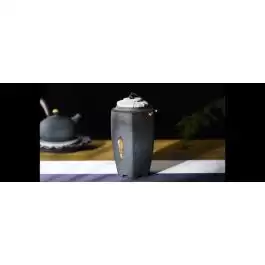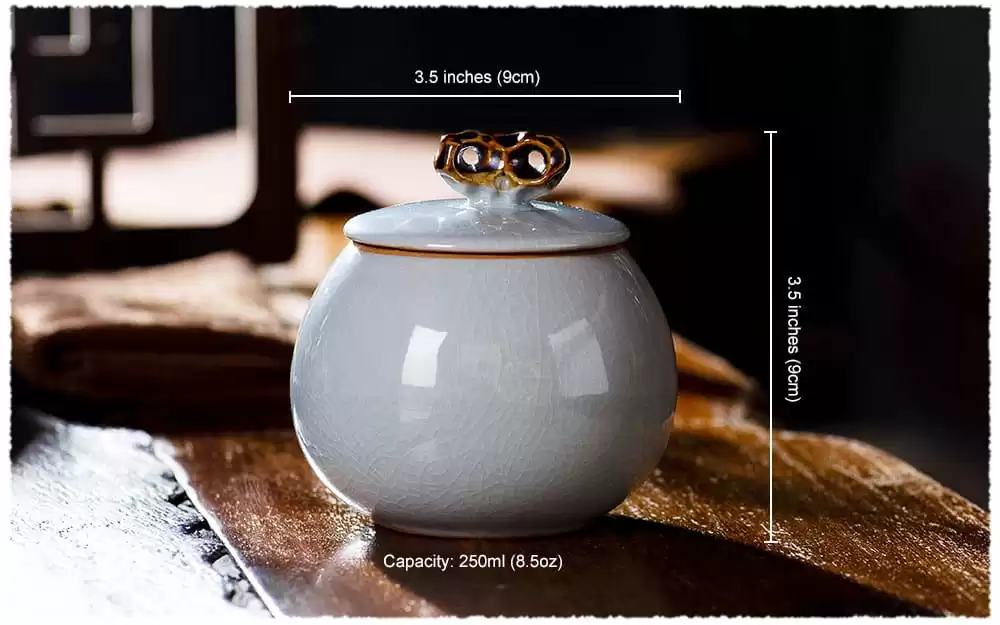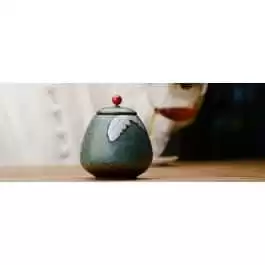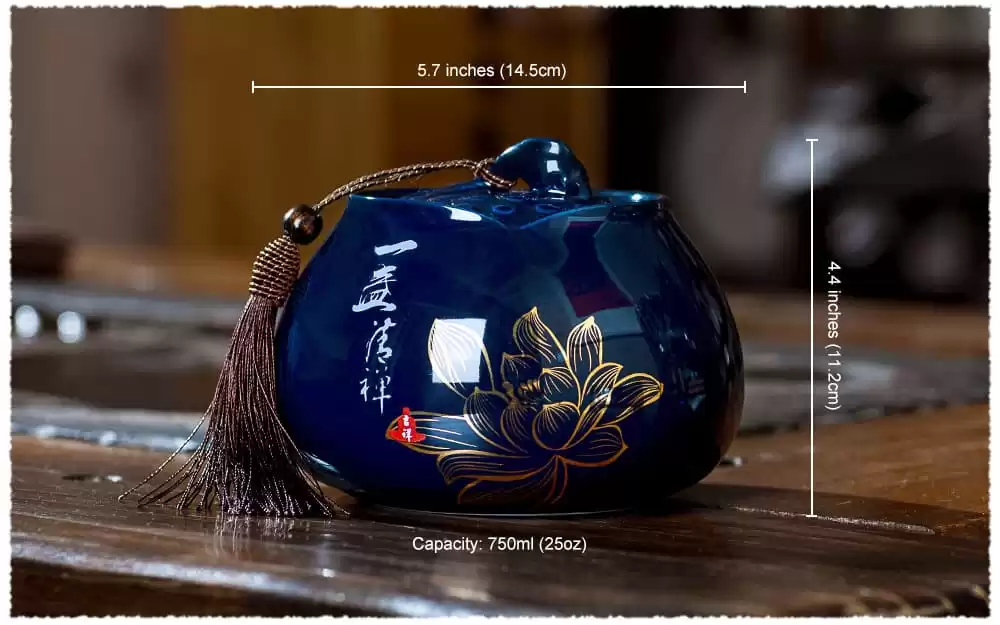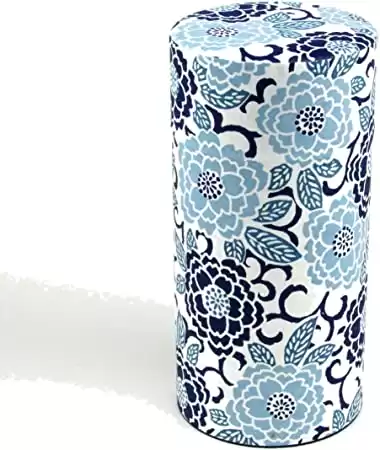Do you have a tea cabinet like mine? If so, you are always looking for ways to store your teas. I have found the Japanese tea canister. While there are several tea canisters. The Japanese tea canister is centered around the culture of Japan. Now, when I reach for my tea the beauty of Japan is in my cabinet. Not only is my tea secure but the beauty of Japan not only is holding my tea but captures my eye as well.
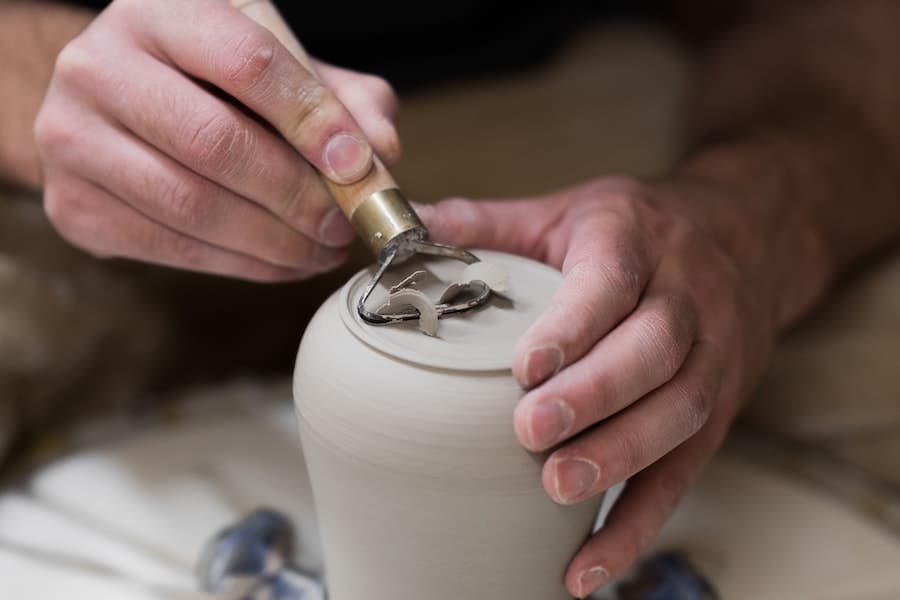
History of the Japanese tea canister
The tea canister comes from the Chinese word “Kati”. Kati is a unit of measure. It was not until the 1800’s that the name tea canister came into meaning.
The Kati was originally the size and shape of a ginger jar. A ginger jar has a long shape with a stopper you can pull out. A catty could be made of silver, glass, or porcelain. The catty also came with a key. The lady of the house was in charge of that key. It was the lady of the house that opened the tea to be presented to guests during tea time.
Following these bottle-shaped Kati’s came the tea box or chest. This was around the 19th century. The tea box or chest was lined and had spaces for teas and sugars. The boxes were made of expensive wood like mahogany or rosewood. The wood is then overlaid with precious metals or ivory.
As tea grew in popularity the price point dropped and so did the need for a tea box. Teabags became popular and while the tea Kati and chest became a thing of the past. Enter the Japanese tea canister and its creator Kiyosuke Yagi.
Different from other shaped tea caddies, this tea caddy takes the hexagon as the creative source. It has sharp edges and corners which present a different kind of beauty. Because it is made of coarse pottery, the surface owns a frosted texture. Furthermore, another unique design on the body is the gold-painted leaves, which is made by high temperature and not easy to fade, letting the simple tea caddy more beautiful.
The history of the Japanese tea canister goes back over 130 years ago. A man by the name of Kiyosuke Yagi first created a tin to preserve tea. He saw a need for the invention and decided to invent the first chazutsu.
The first canisters were made from imported England tin plates. Each canister was hand-designed. Created for the merchant or client purchasing one. These first Japanese tea canisters kept the tea leaves fresh tasting and smelling.
The tin invention was applauded and accepted as the new way to preserve tea. Kiyosuke’s innovative design was a success.
Today, as in decades ago, the Japanese tea ceremony brings together the beauty and culture of Japan. The tea ceremony is considered an art form. Each instrument in the ceremony has a purpose.
The canister holding the tea is called a chazutsu. It can also be used to store any tea you have. It can also be used to store herbs and other items however, it was created to store green tea. Japanese green tea. A Japanese tea canister keeps your tea free of moisture and oxygen keeping your teas fresh.
The tea canister was first created to preserve tea. Then used to enhance the table of a Japanese tea ceremony. You don’t have to have a tea ceremony to use a tea canister. Keeping your tea in a Japanese tea container is the best way to keep your tea fresh. You can enjoy the beauty of Japanese art as well.
Tea is easy to loses its original flavor and goes bad due to improper storage. The appearance of the tea caddy can not only prevent the tea from losing its flavor, but also protect the tea from moisture. TeaVivre’s carefully selected tea caddy is made of Ruyao, which can be used for many kinds of tea storage, like black tea, Wuyi rock tea, white tea, oolong tea, and etc.
How to choose the best Japanese tea canister
Researching your purchase, no matter what purchase is always advised. Leaving feedback well helps others make the best decision for them as well.
Finding an influencer that deeply researches their article. To give you a well-defined and explained product, like this one will help you easily make the best decision for you.
The way the lid secures onto the container is one thing to look for in purchasing a Japanese tea container. While the lid may not fit snug and secure. Does it contain one or two lids? What kind of sealant is used, Silicon, Plastic, or none?
The material the canister is made of is also a consideration. Is it plastic, metal, or wood? What is the best material for a canister?
We all know that plastic is not an environmentally good decision. There is always a concern of contaminants entering the products secured inside.
Wood is not a good choice for a few reasons. Is the wood treated? Most wood is treated and that could leach into our teas. If it’s not treated does the wood contain moisture that would mix with the tea as well as any odor the wood may have?
We are left with metal, the exact choice the first tea canister was made with. Metal is by far the best choice for odor, moisture, oxygen, sunlight, and toxins.
This tea caddy has a quaint and elegant feeling overall. Its glaze adopts the process of furnace transmutation so that showing the irregular texture. There are two hand-painted banana leaves on the tea caddy body, combined with a unique silver tracing technique, which is more highlights its advanced texture. Besides, knob on the lid is a red bead, which is not only convenient to handle, but also adds a fresh and lively feeling. The lid is wrapped and sealed with non-woven fabric, which has good sealing performance and is not easy to loosen.
What are the advantages/benefits of a Japanese tea canister?
The importance of the Japanese tea canister is the dual lid system. That dual lid helps to keep moisture and oxygen out keeping your tea fresh. Some canisters will have an inner and outer lid. While others will have plastic or silicone in the lid to secure the lid tightly. Tea canisters are never 100% airtight. Don’t expect that. Purchasing a quality container means your teas are getting the best protection.
These canisters are beautiful to look at. The artwork can be intricate and stunning. I hate to imagine so many hidden inside a cabinet when they can easily be displayed on a counter or tea set. Japanese tea canisters artwork is done on the canister. It is not covered in paper or cloth but the design is one with the canister.
There is only one way to use a Japanese tea canister, tea! While you can easily use the container for herbs or other teas. The canisters are also so beautifully created. You can use them for bathroom or makeup areas as containers. But we are here to talk about the container and tea.
A bit of caution is reusing your canister with another tea. Make sure your former tea has not left a scent behind. If you wash your canister make sure it is completely dry before adding the tea. Washing and not drying well can also create rust in certain metals.
This is a coarse pottery tea caddy from Dehua, with Blue glaze surface, thus it appears deep blue color. The body of tea caddy is engraved with golden lotus flower, which is very harmonious with the overall deep blue color, charming but not dull. The tassel design on the lid also makes the whole more beautiful.
What is the best tea container?
Edo Sakura Flower Yuzen Japanese washi paper design. Snap-on plastic seal keeps tin airtight and keeps the tea fresh. The capacity of up to 7 oz
Made in Japan
Should tea be kept in a dark container?
What are tea canisters lined with?
Conclusion
The best way to keep our teas fresh for months is a tea container. Hands down the metal container is a winner as long as that metal is not aluminum. Aluminum is lighter and easily damaged.
Then you have the decision to make: cute or functionality? This again is a personal choice and depends on where you are going to use your container.
Do you like plastic seals? I think any added protection to keep moisture and oxygen out is a benefit. The last thing we want is a super cute container that fails to keep our tea fresh.

